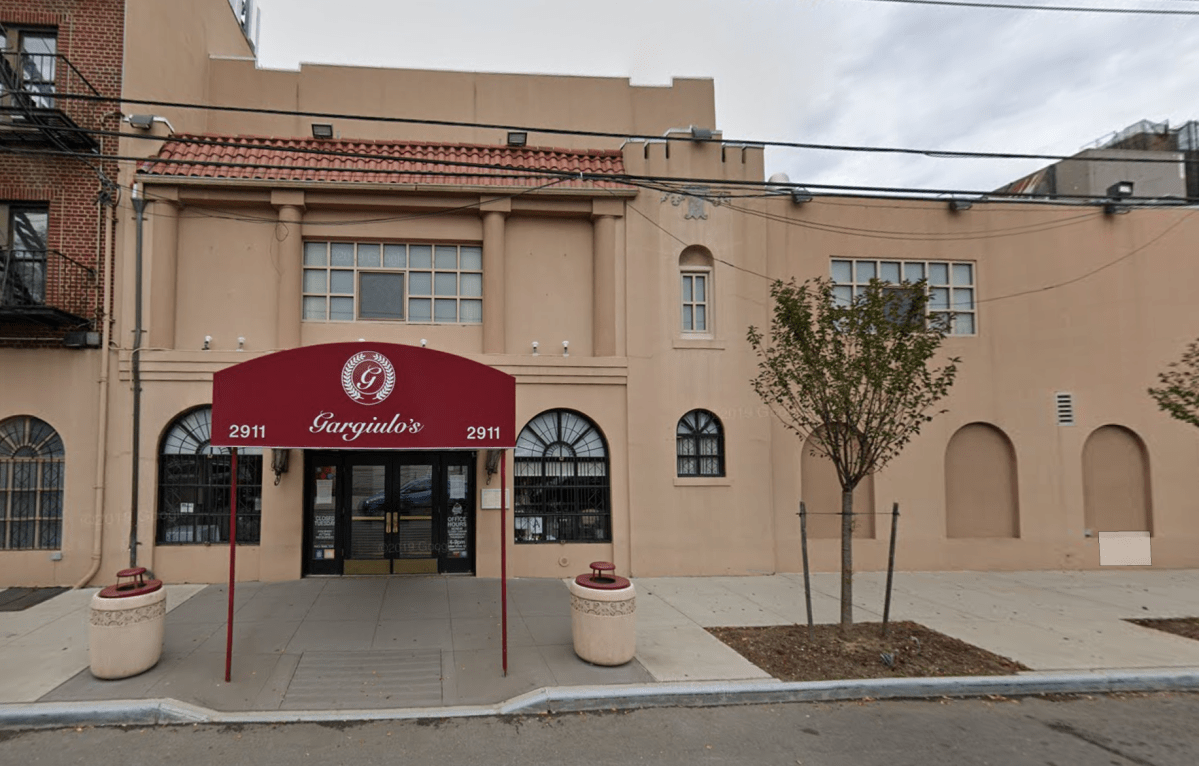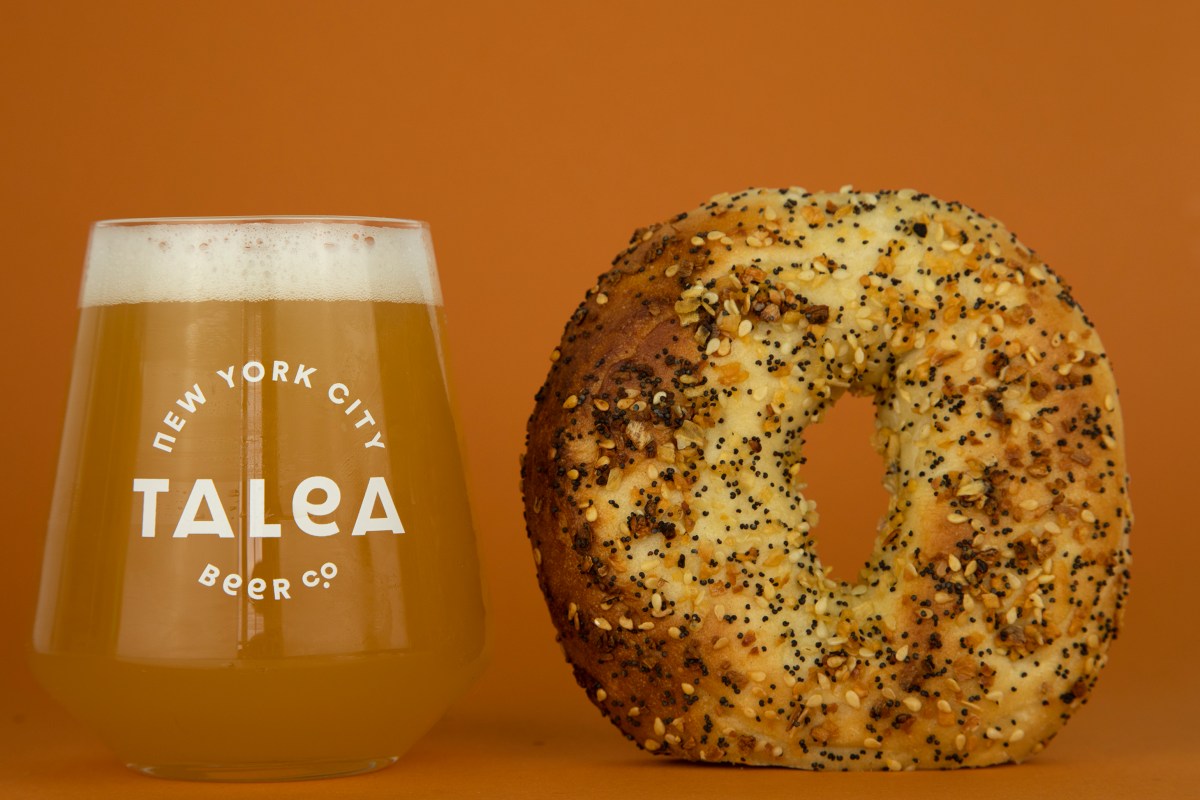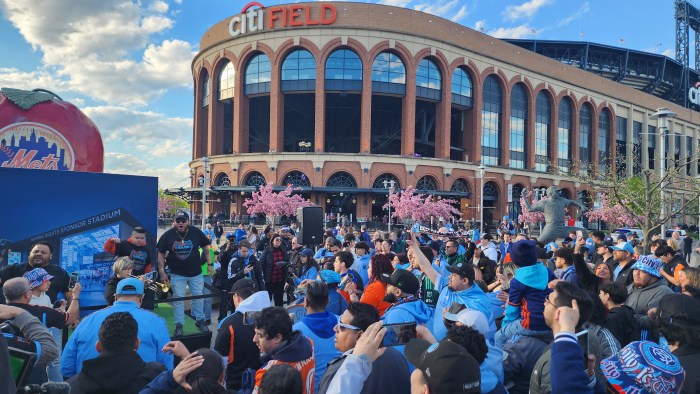
BY EILEEN STUKANE | The Meatpacking District is growing up. Right now, walking the cobblestone streets you can feel that the neighborhood is experiencing a moment in time. It’s still the chic, not-to-be-missed destination with visionary trendsetters like Jeffrey, the earliest pioneer on W. 14th St. in 1999, and Diane von Furstenberg, who established herself across the street from Jeffrey in 2001, firmly in place. Alexander McQueen also remains a presence.
A sense of change is in the air, however, as certain name designers with their own stores, like Stella McCartney, who recently left the district for Soho, are starting to give way to more familiar national brands like Levi’s, Sephora and Intermix.
With its maturity, the Meatpacking District is starting to shed some of the youthful upstarts who pioneered the area and gave it that fashionable “edge” when rents — which today average $400 to $600 a square foot — might have been as low as $25 a square foot. Just last month Yigal Azrouel, the fashion designer who opened his store on W. 14th St. in 2003, announced that he is heading uptown for Madison Ave. This Lower West Side hot spot is doing a bit of shape-shifting.
“There definitely is a change, but what that change is, is that the Meatpacking District is coming into a new phase,” said Lauren Danziger, executive director of the Meatpacking District Improvement Association. “It has new elements, top-of-the-line hotels, the Whitney Museum coming. Larger businesses are locating here, I believe, because they want to be where the culture, and some of the hottest fashion, hottest nightlife and hottest food are located.
“Most of the people who own the properties are families whose fathers and grandfathers were meat-cutters and they want to be true to the district,” Danziger said. “At the same time, they have to pay for their needs as a landlord and charge market rate, but these are people who really care. They’ve put roots down here, so to speak, and they invest money not only in the property, but in their tenants and in the public space, the cleaning, the beautification.”
Danziger also points out that what the name brands like the cosmetics chain Sephora and Levi’s bring to the district are special concept stores, unlike any of their other stores.
“We will never be an outdoor mall,” Danziger emphasized. Sephora, for example, has a rotating art exhibit that aims to reflect the district’s culture and a remnant of edginess. Levi’s has only one other store like the one in the Meatpacking District, on the West Coast, which also carries the brand’s premium collections.
A high-end denim store that left the area was Ruben & Chapelle’s custom jeans, with pants selling for four figures.
When asked about the commercial spaces vacant on W. 14th St., Kelly Gedinsky, associate director of the Winick Realty Group, said, “I’d rather not be specific about who’s coming in, but I can tell you that I’ve heard of over four different retail leases being signed. So that vacancy is going to be filled by credit-signature national brands.”
Ugg, the ubiquitous sheepskin boots (which even has a bridal collection) will be opening a store on W. 14th St. at the end of October. Rumors abound that brands such as Patagonia, Coach and J. Crew have shown interest in the area. Gedinsky is representing space at 420 W. 14th St., current home to the Heller Gallery, which will be leaving.
Since 1999 when Jeffrey Kalinsky took a chance and moved his Jeffrey store of high-end designer clothes and accessories to W. 14th St., the Meatpacking District, which then was known by everyone in the neighborhood as the Meat Market, has evolved with great speed. In those early days, the art scene in Chelsea had already emerged and galleries were bringing in upscale-clientele collectors. It did not take much to get in a Town Car and have the chauffeur stop at Jeffrey, which was close by.
The area’s grittiness gave visitors a sense of risk and adventure. After all, there really was blood on those cobblestones, along with visible carnage from an active meat wholesale and retail industry. Those loading docks sent out a deathly aroma along with an air of mystery that wafted through the streets both night and day. By night, transgender hookers prowled the streets, as a smattering of remaining clubs — both gay and straight — with names like Mineshaft, Hell and Hellfire, raged. There was no place like it.
After stopping at Jeffrey, getting something to eat usually meant stepping into the French bistro Florent on Gansevoort St., where colorful denizens of the night often remained in the early morning, and Florent Morellet himself infused the place with an anything-goes optimism and energy.
Soon Pastis, another French venue, by restaurateur Keith McNally, established itself in the area and more people began to hear the buzz.
The Meatpacking District was a happening place in 1999 when the Friends of the High Line was founded by local residents.
The combination of young designers who moved into the Meatpacking District to launch themselves into the fashion world, and the campaign to create a special open space, a park on the High Line’s elevated railway that runs from Gansevoort St. to W. 30th St., had the area’s metabolism churning.
What was not high then were the rents. Brokers confirm that 10 years ago, space could still be leased for anywhere from $50 to $80 a square foot. Today those same spaces are going for an average of $400 to $600 a square foot. Gedinsky confirmed that a number of leases back in the day when square footage was in the two-digit range have expired or are due to expire. An evolution is inevitable since a single designer may not want to, or be able to, afford these latest rates. So it is understandable for fashion designers such as Yigal Azrouel, Stella McCartney, Jusarra Lee and Shelly Steffee, to name a few, to move on, and for high-end brands to replace them.
It may be a final season for a lot of the Meatpacking District’s early retailers, but with the High Line in full operation today as an elevated park coursing through the district’s western edge, and the nightlife still ruled by the exclusivity of the clubs, the area will continue to be a magnet.
“While the tenure of the retail may be changing and will continue to do so when leases come up, the tenure of the district remains cutting-edge, dynamic and in itself constantly changing,” Danziger said. “The Milk Studios, the High Line Stages, have amazing creativity. There will always be a dynamic here that flourishes and fosters what’s hip and happening.”


















